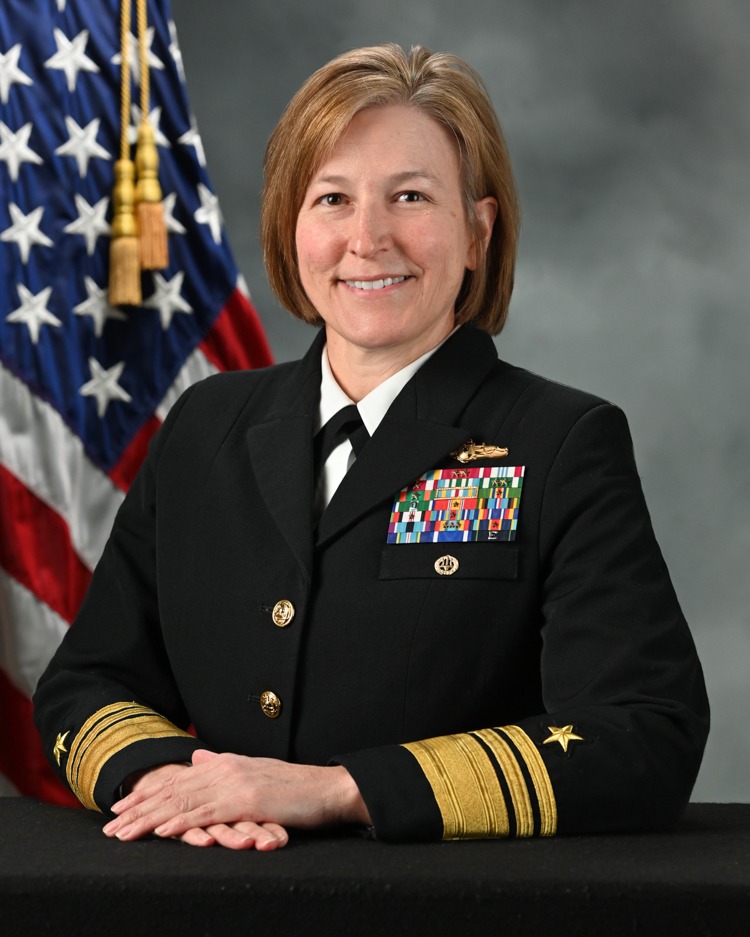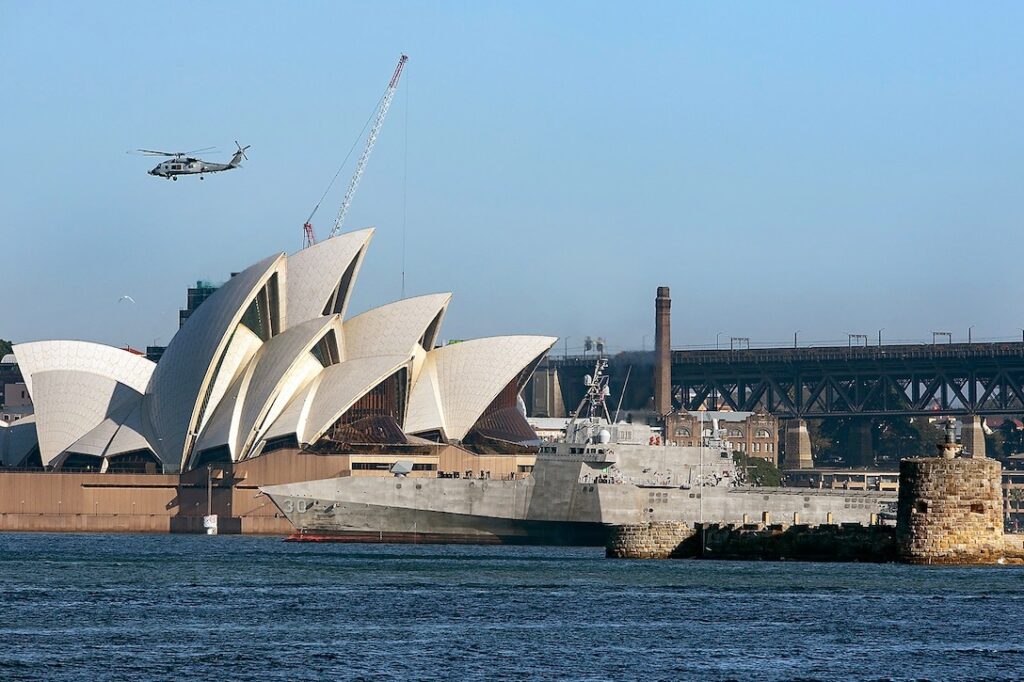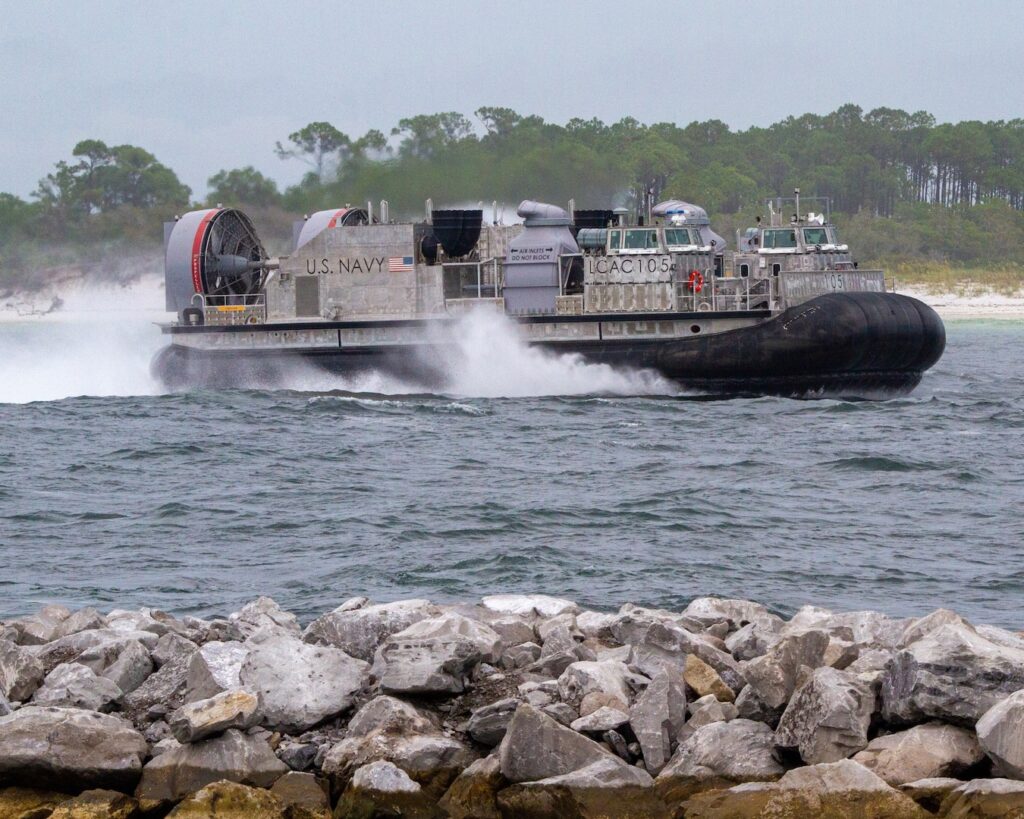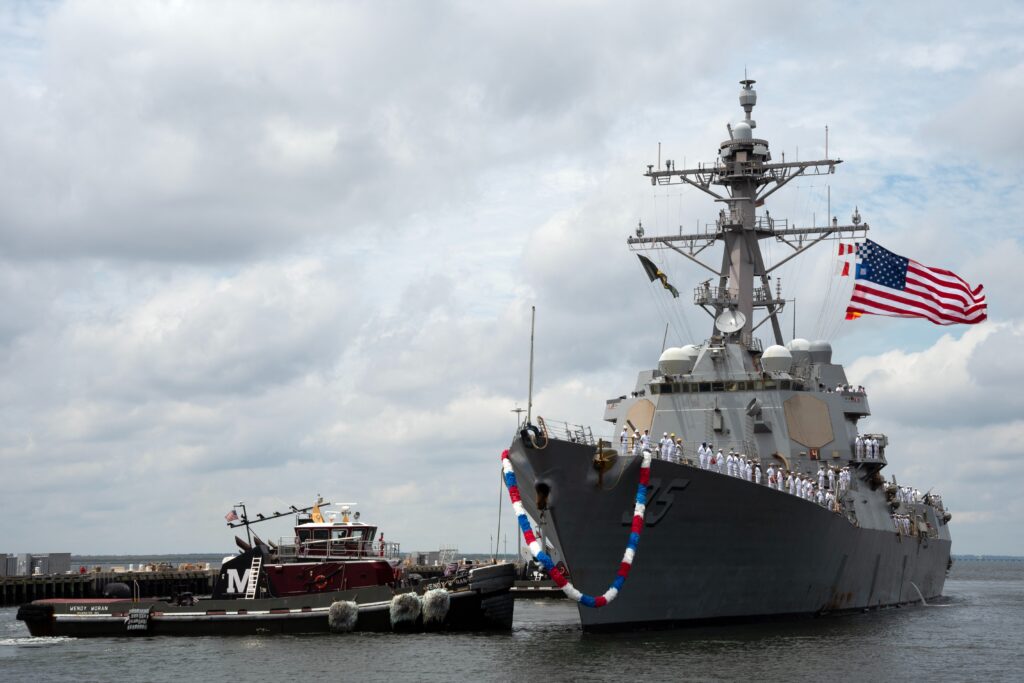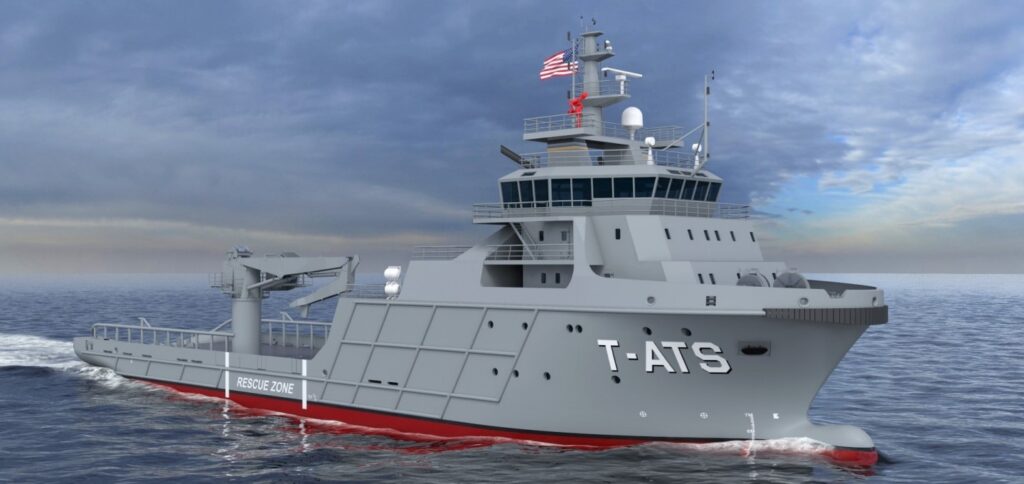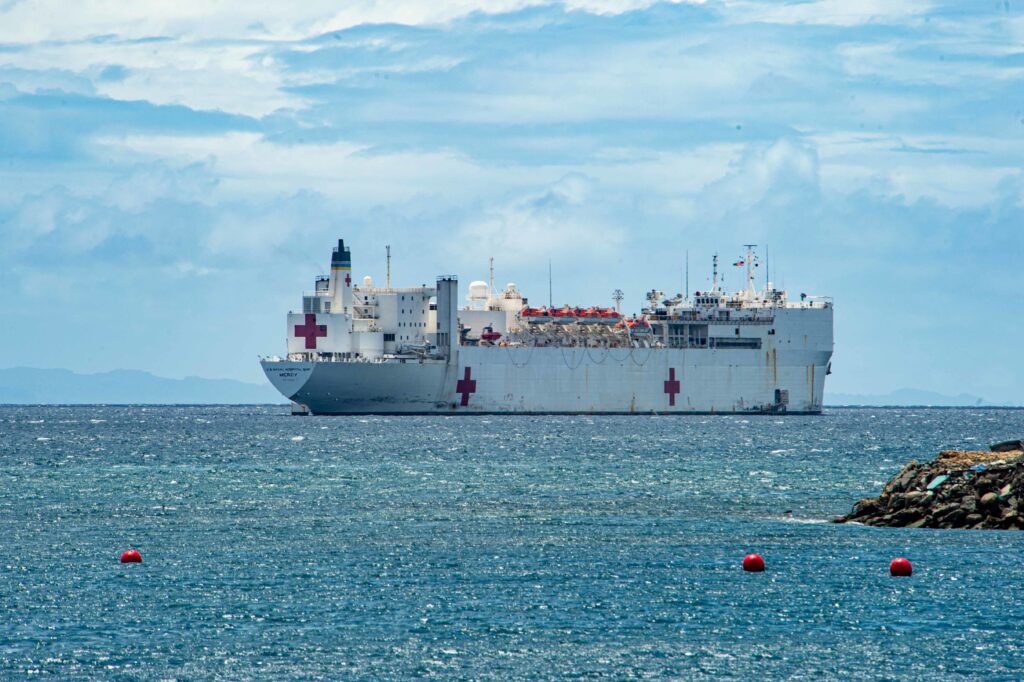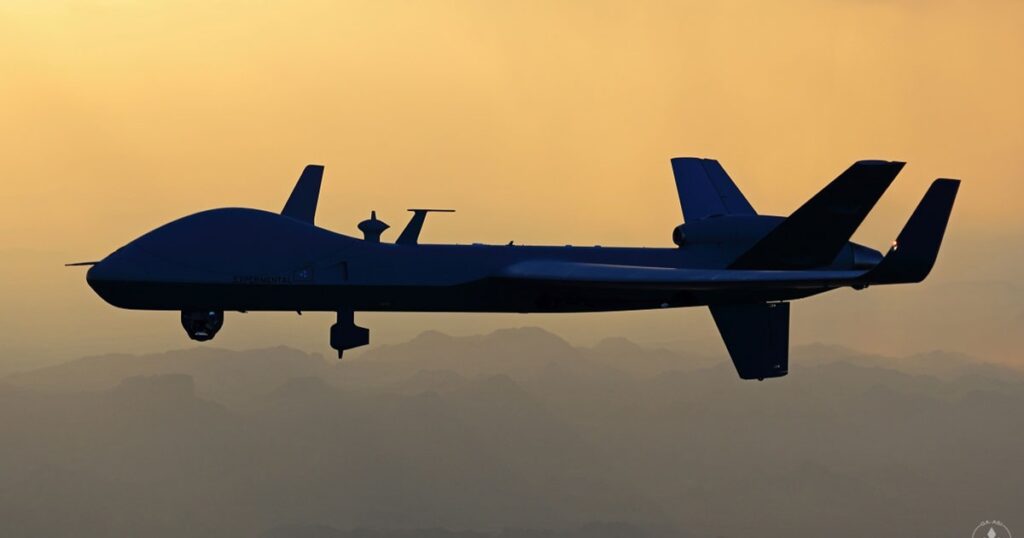Heavyweight Torpedo Contributes to U.S. Navy’s Undersea Dominance
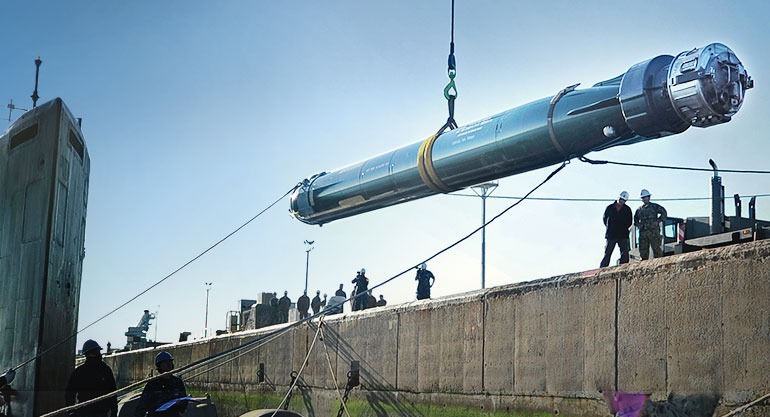
*****
Heavyweight Torpedo Contributes to U.S. Navy’s Undersea Dominance
- The MK48 torpedo is the U.S. Navy’s sole submarine-launched anti-submarine warfare and anti-surface warfare weapon.
- SAIC serves as the prime integrator for the MK48, providing integration as well as test support for the torpedo’s subsystems.
- Integration of the MK48’s afterbody/tailcone involves more than 500 piece parts.
The MK48 torpedo is the U.S. Navy’s sole submarine-launched anti-submarine warfare and anti-surface warfare weapon. All classes of Navy submarines use it for achieving sea control and neutralizing or destroying threats to high-value vessels.
As the prime integrator of the MK48 torpedo, SAIC builds, integrates and tests the afterbody/tailcone sections and fuel tanks of the MK48 Mod 7 heavyweight torpedo for Naval Sea Systems Command (NAVSEA).
Often considered the torpedo’s engine room, the afterbody/tailcone controls the torpedo’s propulsion, starts and applies the power necessary to drive it from the time it is launched until it reaches its target, and steers it on its course to the mark.
The afterbody/tailcone comprises 26 major sub-assemblies requiring the integration of greater than 500 piece parts.
SAIC‘s team of MK48 subject matter experts works primarily in Bedford, Ind., near Naval Surface Warfare Center Crane Division, where the majority of the torpedo integration work takes place. The contract’s program and engineering management team is based in Middletown, R.I., near Naval Undersea Warfare Center (NUWC) Division Newport. SAIC completed the design, development and delivery of an automated electrical power system test set, which is used to test the torpedo’s alternator/regulator assembly, in Indianapolis.
Building on past success
For more than a decade, SAIC has provided engineering, technical and management services in support of NUWC’s propulsion test facility. Our team performs facility operations, maintenance, upgrades and testing in support of the Navy’s only land-based torpedo testing facility. In this capacity, SAIC’s engineers and technicians routinely integrate MK48 afterbody/tailcones in preparation for tests.
The facility can test torpedoes across their full speed and depth envelopes. Our team runs these tests to capture very unique performance data for NAVSEA.
